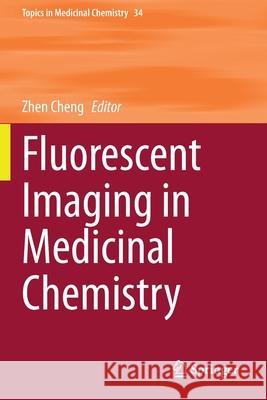Fluorescent Imaging in Medicinal Chemistry » książka
topmenu
Fluorescent Imaging in Medicinal Chemistry
ISBN-13: 9783030467098 / Angielski / Miękka / 2021 / 228 str.
Fluorescent Imaging in Medicinal Chemistry
ISBN-13: 9783030467098 / Angielski / Miękka / 2021 / 228 str.
cena 1533,32
(netto: 1460,30 VAT: 5%)
Najniższa cena z 30 dni: 1465,09
(netto: 1460,30 VAT: 5%)
Najniższa cena z 30 dni: 1465,09
Termin realizacji zamówienia:
ok. 22 dni roboczych
Dostawa w 2026 r.
ok. 22 dni roboczych
Dostawa w 2026 r.
Darmowa dostawa!
Kategorie BISAC:
Wydawca:
Springer
Seria wydawnicza:
Język:
Angielski
ISBN-13:
9783030467098
Rok wydania:
2021
Wydanie:
2020
Numer serii:
000082904
Ilość stron:
228
Waga:
0.34 kg
Wymiary:
23.39 x 15.6 x 1.27
Oprawa:
Miękka
Wolumenów:
01
Dodatkowe informacje:
Wydanie ilustrowane











